You are here
Please respect the outdoors by practicing Leave No Trace. Learn more about how to apply the principles of Leave No Trace on your next outdoor adventure here.
Adirondacks, New York
Florida Keys, Florida
Colorado Plateau, Utah
Southern Oregon Cascades, Oregon
Central Oregon, Oregon

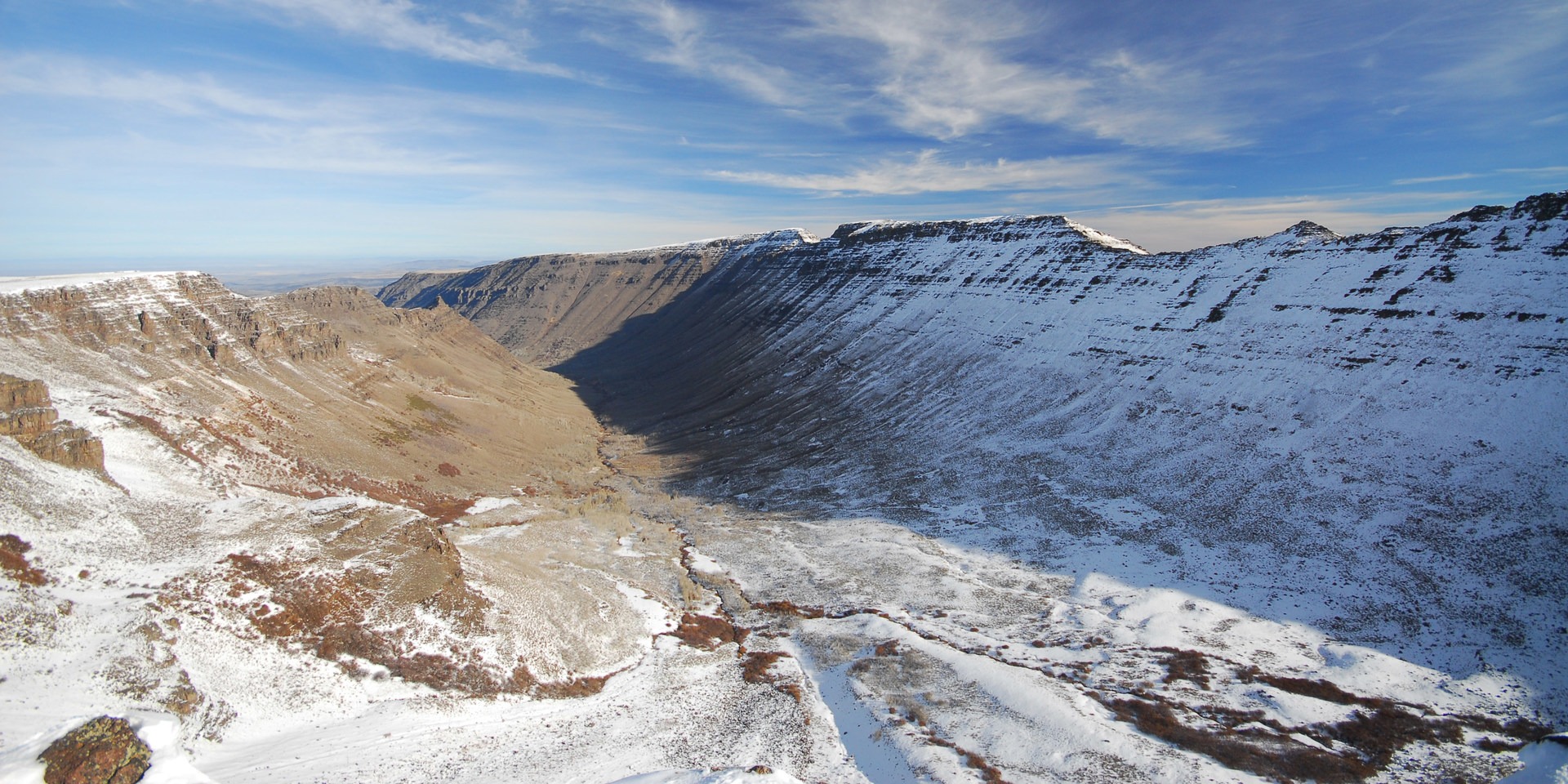
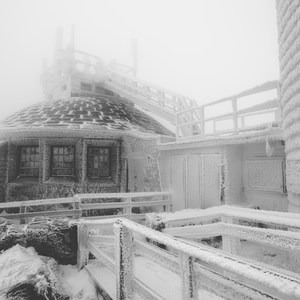
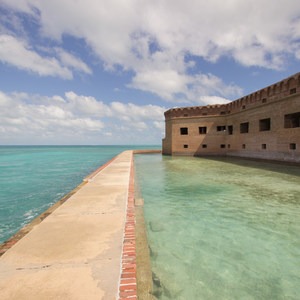
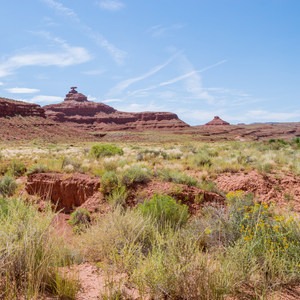
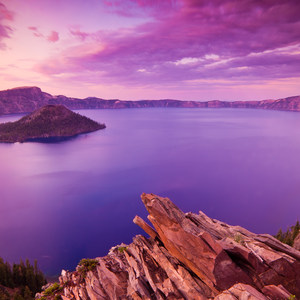


Comments
Sign In and share them.